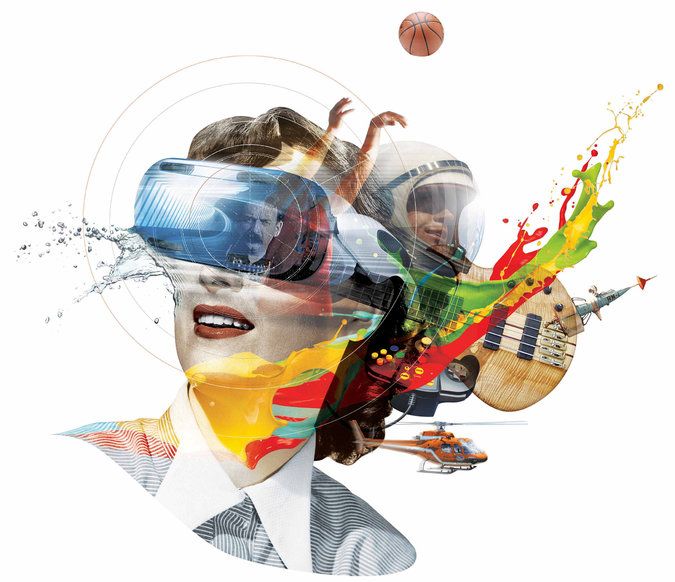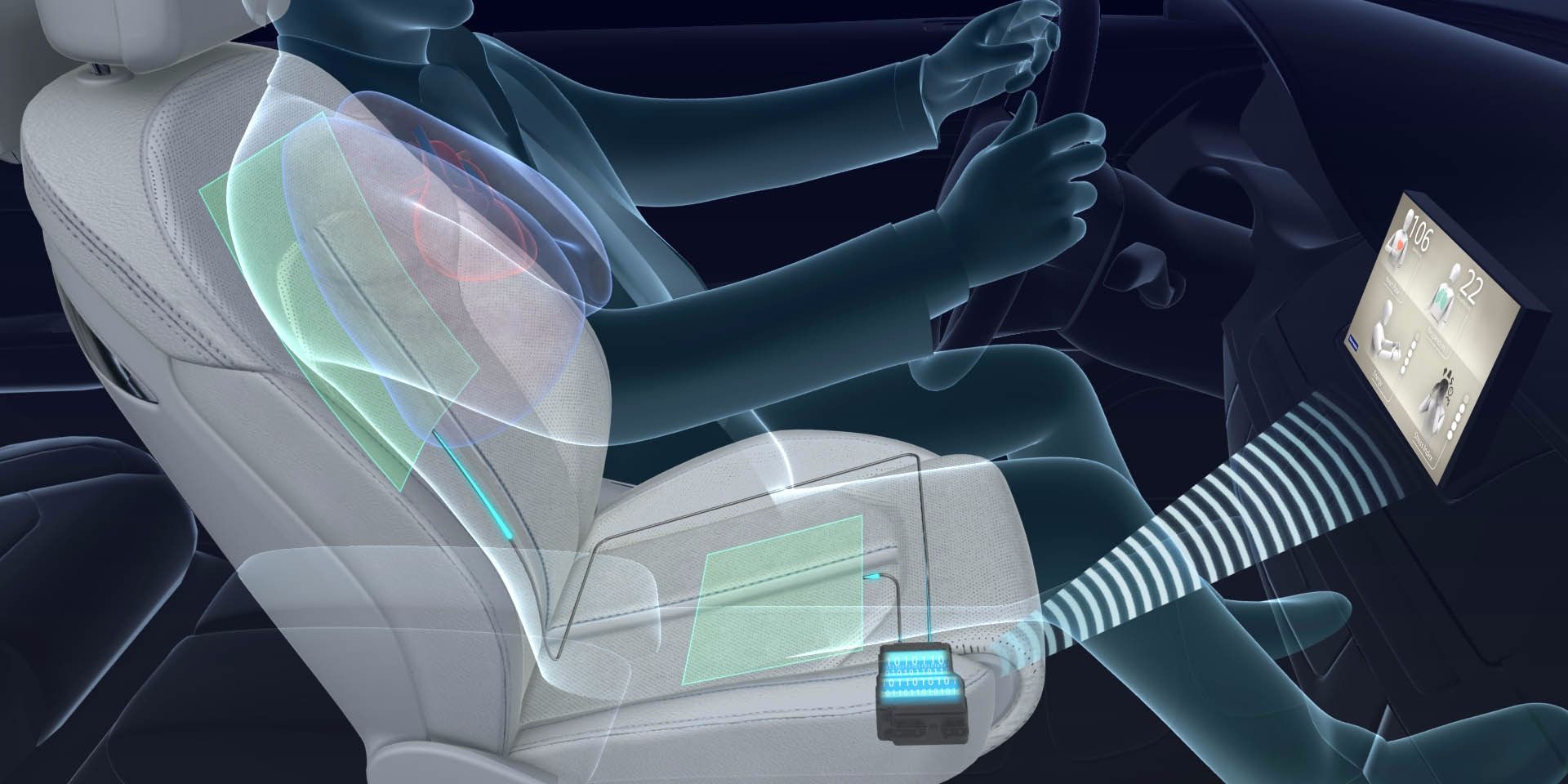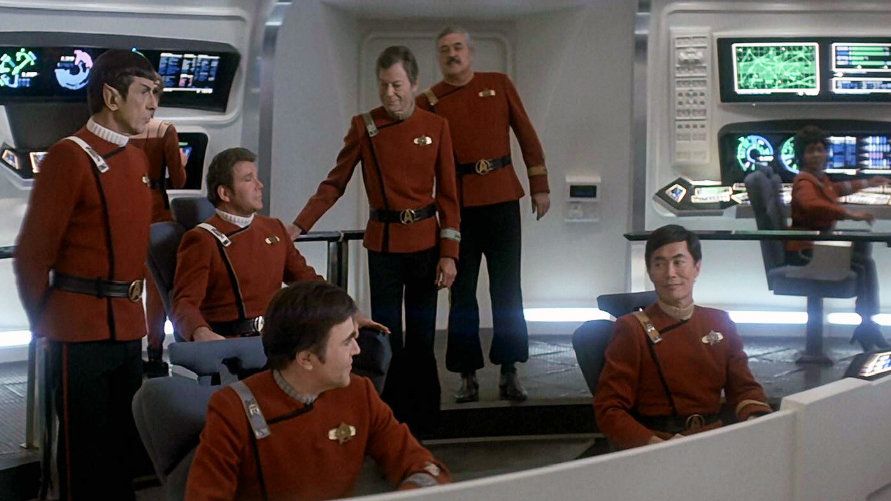Page 11571
Nov 20, 2015
Moore Foundation Gives Stanford $13.5 Million To Build “Accelerator on a Chip”
Posted by Shailesh Prasad in categories: biotech/medical, computing, electronics, mobile phones, particle physics, security
Today’s particle accelerators are massive machines, but physicists have been working on shrinking them down to tabletop scales for years. The Gordon and Betty Moore Foundation just awarded a $13.5 million grant to Stanford University to develop a working “accelerator on a chip” the size of a shoebox over the next five years.
The international collaboration will build on prior experiments by physicists at SLAC/Stanford and Germany’s Friedrich-Alexander University in Erlangen-Nuremberg. If successful, the prototype could usher in a new generation of compact particle accelerators that could fit on a laboratory bench, with potential applications in medical therapies, x-ray imaging, and even security scanner technologies.
The idea is to “do for particle accelerators what the microchip industry did for computers,” SLAC National Accelerator Laboratory physicist Joel England told Gizmodo. Computers used to fill entire rooms back when they relied on bulky vacuum tube technology. The invention of the transistor and subsequent development of the microchip made it possible to shrink computers down to laptop and cell phone scales. England envisions a day when we might be able to build a handheld particle accelerator, although “there’d be radiation issues, so you probably wouldn’t want to hold one in your hand.”
Nov 20, 2015
Volvo teams with Microsoft HoloLens for virtual car buying
Posted by Shailesh Prasad in categories: augmented reality, transportation
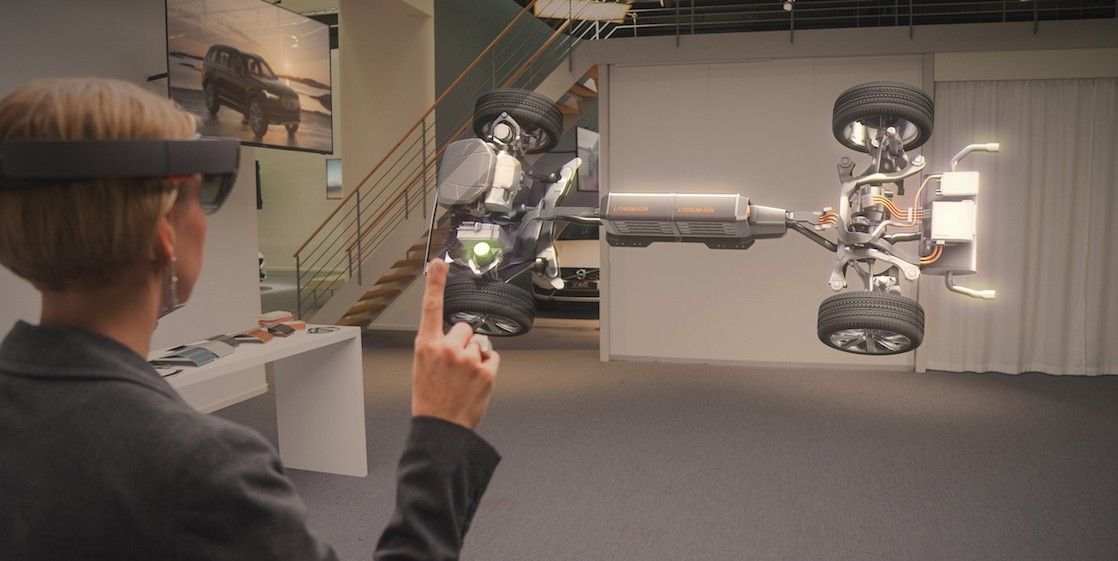
In the near future, car buyers may find themselves putting on Microsoft’s HoloLens augmented reality headset in order to check out a Volvo in a kind of virtual showroom. The car manufacturer has announced a partnership with Microsoft to incorporate the HoloLens into the car buying experience. The concept they debuted today images a customer and car dealer putting on the headset and interacting with a holographic car.
The HoloLens would allow users to do the typical things one would expect when shopping for a car, like comparing colors and wheel rims, as well as much more, like inspecting a projection of the engine from any angle, getting a view of what it’s like to sit inside, or experience demonstrations of a car’s unique features.
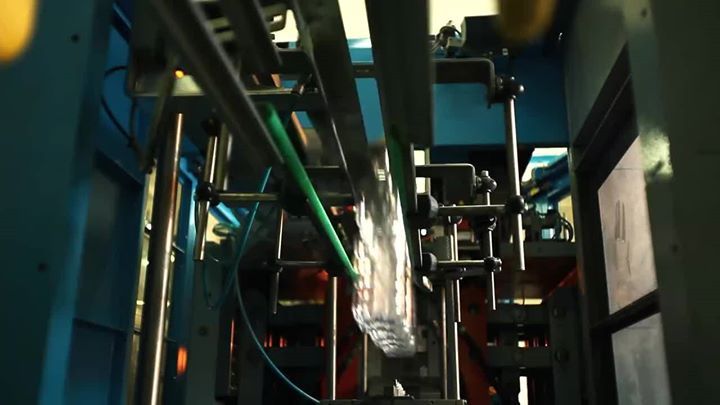
This plastic is made from thin air — and taking on a $373 billion dollar-a-year industry: http://cnnmon.ie/1I2paBM
Nov 20, 2015
Offer networks: a new paradigm for developing an intelligent sharing economy
Posted by Shailesh Prasad in category: economics
Nov 20, 2015
Driving will be obsolete sooner than we thought
Posted by Shailesh Prasad in categories: robotics/AI, transportation
Nov 20, 2015
This high-tech car seat will detect your stress level and give you a massage
Posted by Shailesh Prasad in categories: robotics/AI, transportation
Nov 20, 2015
Survival of the richest: how London’s super-rich are trying to buy immortality
Posted by Shailesh Prasad in categories: biotech/medical, business, health, life extension
You’ve got the Lamborghini and the Learjet, the houses and quite possibly the palaces; Erdem designs your dresses and you’ve got heaps of diamonds. What next? Well, adornment can only take you so far: what good is that Lech heli-skiing pad when your knees are shot? What’s the point in building a multibillion-pound business when you’re unwittingly courting a heart attack? As technology evolves ever more rapidly, ultra high net worth individuals are turning their attention inward, investigating how to stall the ageing process, and spending serious money to load their dice against death.
Across the road from Harrods sits Omniya clinic, a calm, contemporary white space amid the hustle of Knightsbridge. At street level it is a luxuriously reimagined pharmacy, whose curated selection includes recent launches from Hollywood’s favourite ‘cosmeceutical’ brands Zo Skin Health and Dr Levy. ‘I wanted to create a place that brings the newest advancements in medical and regenerative health to London,’ says co-founder Danyal Kader, a former lawyer, radiant with bien-être. He was so depressed by the difficulty of finding the best medical treatment for his father, who suffers from a heart condition, that he decided to create his own one-stop conduit to wellness. ‘We optimise the lives our clients can lead, body, mind and soul.’ To this end, he has brought together a team of leading specialists who analyse the health of their clients in the most minute and sophisticated detail — a kind of space-age human MOT.
One of these is cellular ageing specialist Dr Mark Bonar. As his title suggests, Bonar is passionate about the very specific degradations that happen in the cells of the body as we age — and still more excited about the new ways he can use to slow such deterioration. Consider, for example, telomeres. ‘Telomeres are the caps on the ends of our DNA,’ Bonar explains. ‘A bit like the plastic on the end of a shoe lace, they prevent the ends from fraying. By measuring their length in the lab we can determine how well the body is ageing’ — for instance, if at 30, you show the wear and tear you’d expect in a 40-year-old. ‘The length can also inform you about your risk of various kinds of disease such as breast or bowel cancer.’
Nov 20, 2015
Supercomputing the strange difference between matter and antimatter
Posted by Shailesh Prasad in categories: particle physics, supercomputing
An international team of physicists including theorists from the U.S. Department of Energy’s (DOE) Brookhaven National Laboratory has published the first calculation of direct “CP” symmetry violation—how the behavior of subatomic particles (in this case, the decay of kaons) differs when matter is swapped out for antimatter. Should the prediction represented by this calculation not match experimental results, it would be conclusive evidence of new, unknown phenomena that lie outside of the Standard Model—physicists’ present understanding of the fundamental particles and the forces between them.
The current result—reported in the November 20 issue of Physical Review Letters —does not yet indicate such a difference between experiment and theory, but scientists expect the precision of the calculation to improve dramatically now that they’ve proven they can tackle the task. With increasing precision, such a difference—and new physics—might still emerge.
“This so called ‘direct’ symmetry violation is a tiny effect, showing up in just a few particle decays in a million,” said Brookhaven physicist Taku Izubuchi, a member of the team performing the calculation. Results from the first, less difficult part of this calculation were reported by the same group in 2012. However, it is only now, with completion of the second part of this calculation—which was hundreds of times more difficult than the first—that a comparison with the measured size of direct CP violation can be made. This final part of the calculation required more than 200 million core processing hours on supercomputers, “and would have required two thousand years using a laptop,” Izubuchi said.
